How to Remove Hideous Floor Tile for Good!

Do you have ugly stone tile in your home that you want to remove but are afraid of the job? Well, let me tell you, it's much easier than you think! Check out this simple tutorial to see how you can get rid of that nasty tile in no time. Before you know it, you'll have the room ready for the install of the floor of your dreams.
You'll need a few tools to get started. Check out the full tutorial for all products and links.
We used a hammer and masons chisel to break away the grout from in between tiles. Starting this way makes life a lot easier. You'll open up areas where you can then get some leverage under the tiles to remove them.
The wrecking bar is a great tool to get underneath the tile and break them up.
Once all of the tile is removed, you should have cement board on the floor that was installed under the tile. Check out this post to see how to remove any excess material from the cement board and tips on how to secure it properly if it wasn't installed correctly the first time.
Enjoyed the project?
Resources for this project:
See all materials
Comments
Join the conversation
-
 Martha Knight
on May 27, 2019
Martha Knight
on May 27, 2019
Please be aware that you should not attempt to remove resilient floor tiles containing asbestos by this method. Breaking asphalt-asbestos or vinyl-asbestos floor tiles releases bundles of asbestos fiber. Asbestos-containing flooring should not be stripped or abraded, but should be kept sealed, and only removed by licensed abatement professionals. The mastic under asbestos-containing flooring also contains asbestos. Tiles and mastic and abatement project waste must be disposed of as asbestos waste, in landfills that have "locators" or assigned areas for asbestos waste.
A way to remove floor tiles mostly whole is to put dry ice on it overnight, covered with a tarp or heavy vinyl sheeting. (Professionals often use an insulating material or "blanket" between layers.) Next morning most tiles usually have popped up or loosened from the base.
Always use a full-face respirator, fitted to you, with cartridges, when working where asbestos fibers may be released. Cleanup involves HEPA filtration. Hardware store marks don't block the sub-micron particles, the ones you can't see, which are the ones most likely to cause harm when inhaled!
-
 MaryAnn
on Jun 07, 2019
MaryAnn
on Jun 07, 2019
But in addition the area must be sealed off from the rest of the home.
All foods must be removed, no meal prep can be done in a kitchen for
example. Protective clothing & gloves must be worn. This is one time when it's better & safer to call in the Pros. It may be required by your municipality, & you may also be required to get permits from them to have this work done. It is also required that the asbestos containing materials, be wrapped securely & might require a license to transport to a disposal facility, a contractor would have these, plus health & liability insurance, & will be bonded. The health problems from doing asbestos removal improperly can be severe, even life shortening. This is a situation where paying a Pro with experience is in your best interest, & is often required by law. There are so many other projects you can save big on by DIY, let the Pros handle the Asbestos, your family will be healthier for it.
-
-
-
 Martha Knight
on Jun 07, 2019
Martha Knight
on Jun 07, 2019
Generally, owners are allowed to handle asbestos projects in their own homes, so long as there are no "visible emissions," but should post warnings and not admit other persons, and, as you say, dispose of the removed materials and debris associated with the project double bagged and sealed and labeled appropriately. Transport must be by a hauler licensed to transport hazardous waste, and containers must be weighed (or counted) on and off, at the the approved landfill, signed at both ends. Children should not be present in the home or building where the removal project is carried out-- that can be endangerment or negligence.
There is no known save level of exposure to asbestos barticles.
The "no visible emissions" standard is a little silly, IMO, since it is the particles you CAN'T see that get past your defenses. But it's true that the "dist" we can see tell us the sub-micron and "invisible" ones are there.
All in all, it is best to call in EPA licensed professionals, and look at their licenses-- those of the boss and everyone in the crew. They will be suited up and have booties and gloves and masks and maybe air pumps.
Thanks for your info, MaryAnn. Many people have asbestos containing materials (ACMs) in their homes and don't realize it-- even older ceiling tiles that we think of as Celotax, or maybe Transite board. And ON buildings, too-- concrete-asbestos siding that looks like cedar shakes. Should not be scraped or broken, and be done inside containments, by professionals, with fill protection, and disposed of as mentioned above.
Most landfills are NOT approved for asbestos waste. Those that do allow it to be deposited in well mapped "locators." It does not decompose over time, but is impervious to acid, alkali, bacteria and the conditions that break down other waste. If disturbed, even years later, it can still release particles that can rise and tumble in the air and fall out over large areas.
-




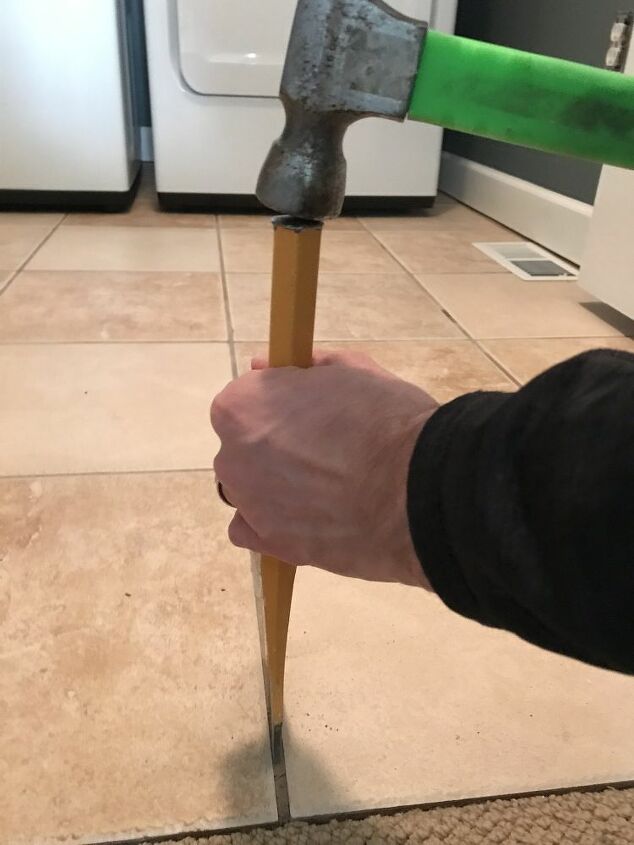

















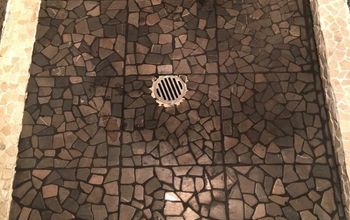



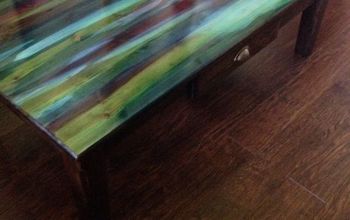

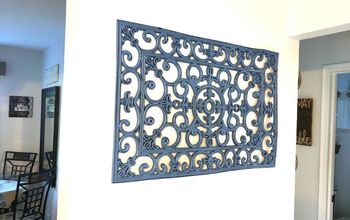
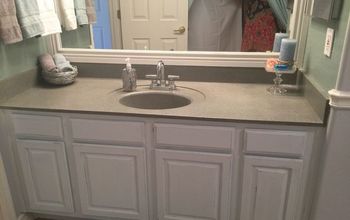






Frequently asked questions
Have a question about this project?
Are the small ceramic bathroom squares removed the same way?
Can I use this method to remove small square backsplash tiles?